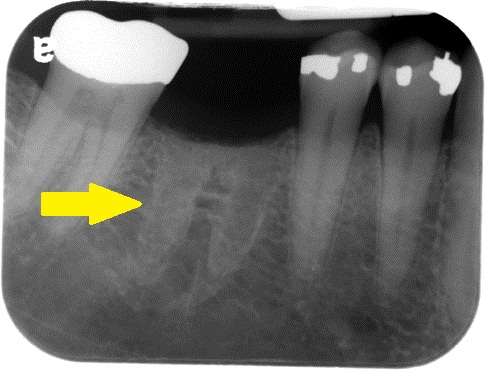Definition
A bone spicule could derive different meanings in different medical fields. This term is being used in dentistry, osteology and ophthalmology.
In dentistry, it is characterized by bony fragments or protrusions either loose or still attaching to jaw bone after a tooth extraction. This happens because loose fractured bony fragments may retain in the socket of an extraction and in time it would emerge from the gum covering the socket. These bone fragments are derived from the bone covering the roots of a tooth. When they are being left behind, your body treats them as foreign matters, so there would be an inflammatory response towards the bony fragments. Hence it would cause swelling and pain that depict an infection.
Â
In some cases it may not trigger any problem at all when it is too small and it emerges from the gum level where you will probably feel something sticking out. Sometimes bony spicule could be the retained septal bone of a tooth. Septal bone lies between two teeth and between roots of one tooth. Â It may not come out with the extracted tooth. It may not resorb concurrently with gum recession after extraction. Thus, it may protrude through the gums when the gums shrink faster. In other instances, some people may have fractured and retained root inside a socket which the dentist may feel it is safer not to retrieve it. In time, as your bone resorbs due to missing tooth, the retained root may emerge and stick out from the gums. Â Bony spicule may occur quite swiftly once after extraction although there are cases that occur months after the extraction.
How to treat it?
Usually if there is swelling and pain, dentist would prescribe a course of antibiotics and pain killers. When you feel much better the dentist would extract the bony spicule under local anaesthesia. Your symptoms should go away quite swiftly after that and the gums would heal normally. But it is advisable for you to return for follow ups to determine complete healing of the wound.
How to prevent it?
It is difficult to say as dentist would often check whether the whole tooth is extracted and whether there is anything left behind in the socket. Occasionally, tiny bony fragments are difficult to spot even with x rays. Some dentists often flush the socket to expel any debris left behind and this may help in preventing bony spicules. But some dentists may find it unnecessary as the body immune system would do the job and afraid flushing may affect blood clotting.
Conclusion
Bony spicule is unavoidable. Fortunately it only happens to a handful. Do not worry if it happens to you as it is still treatable.

